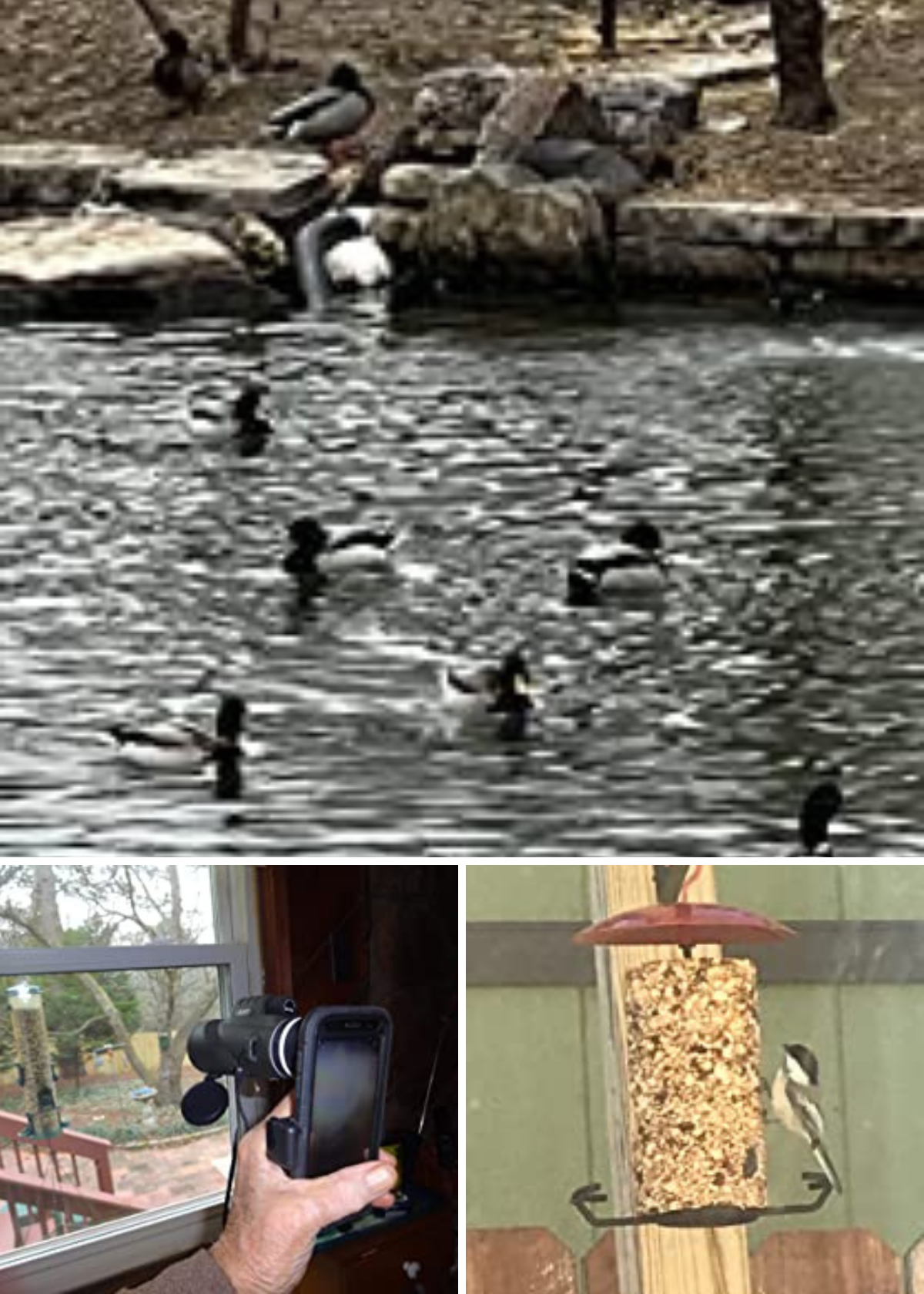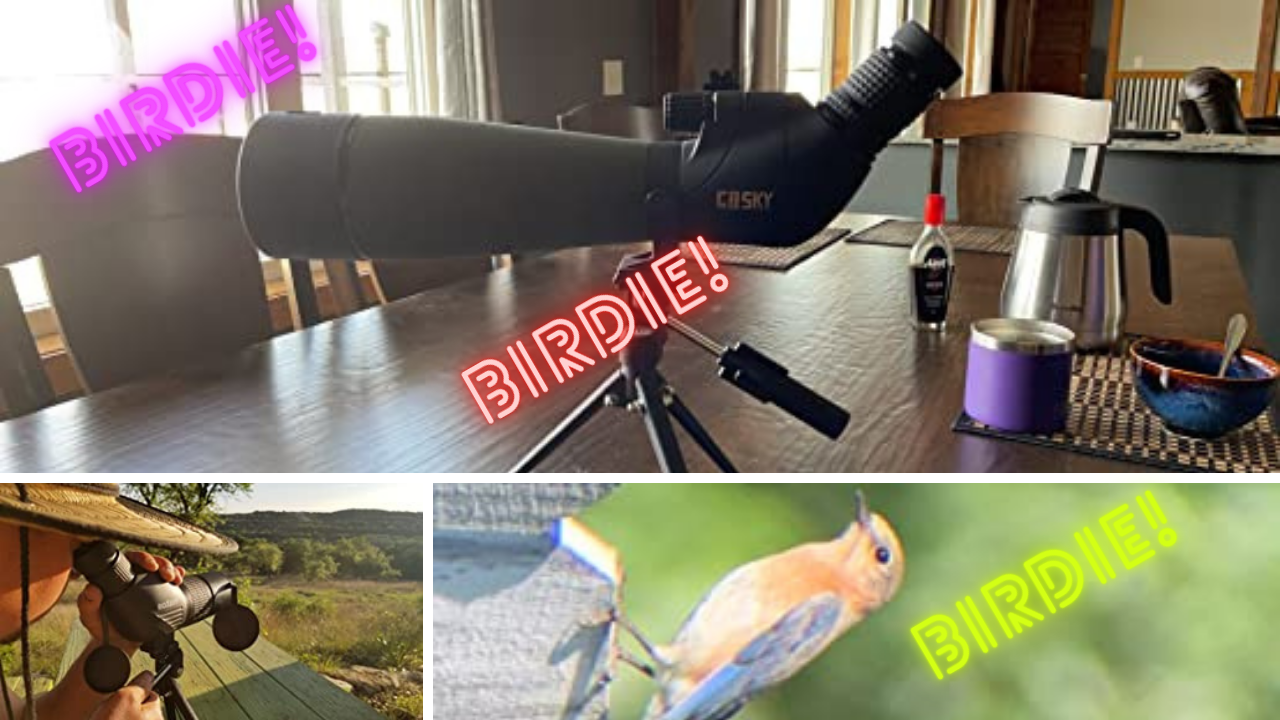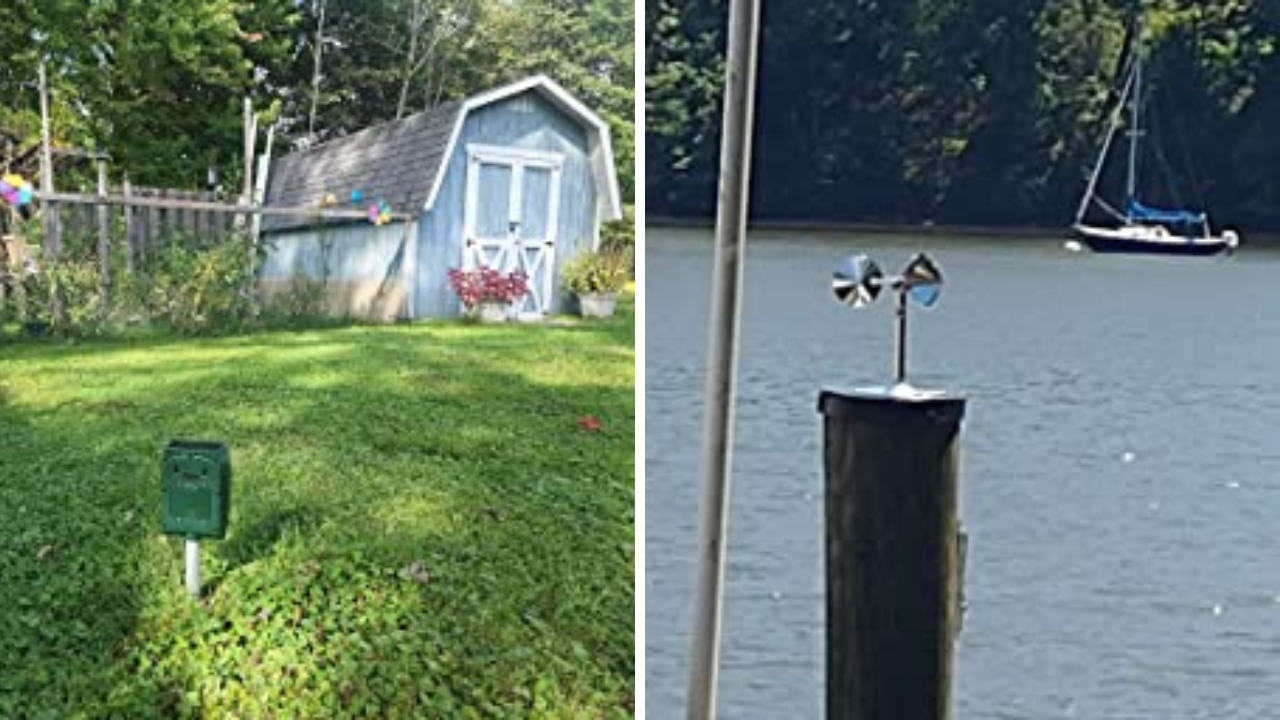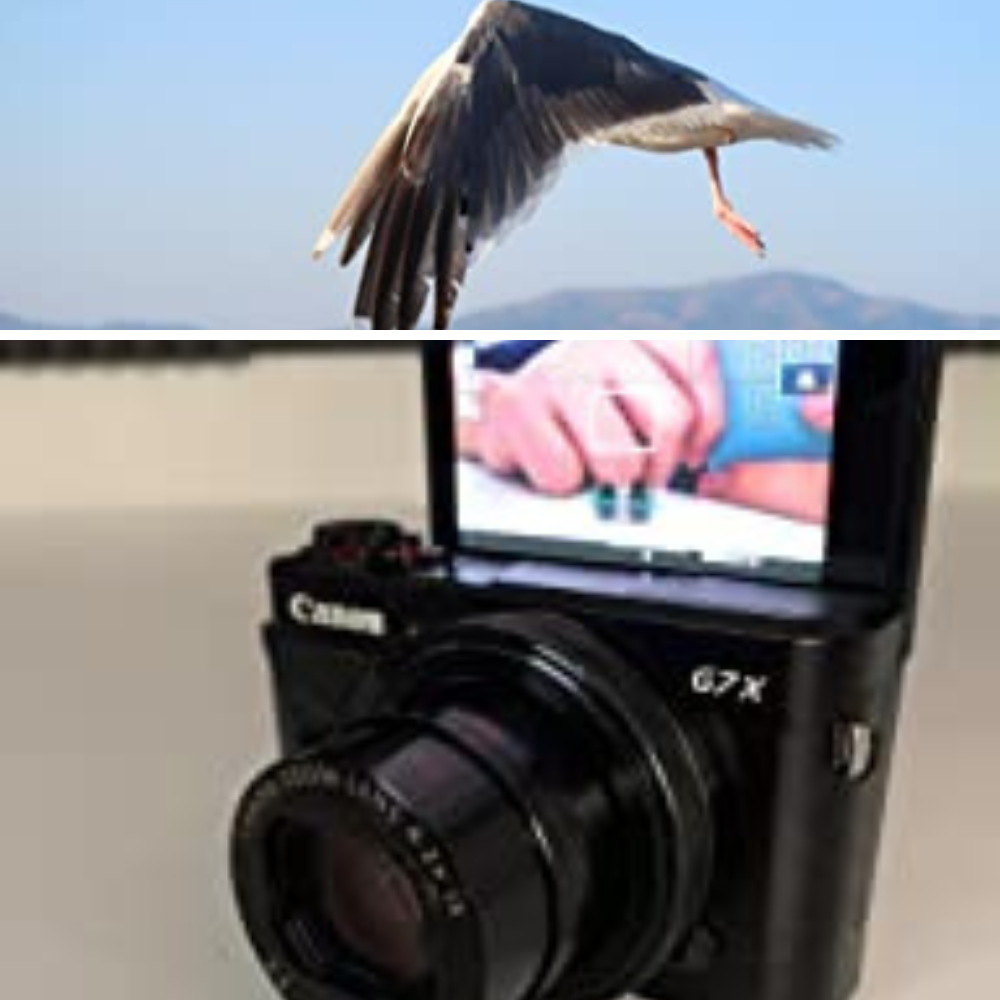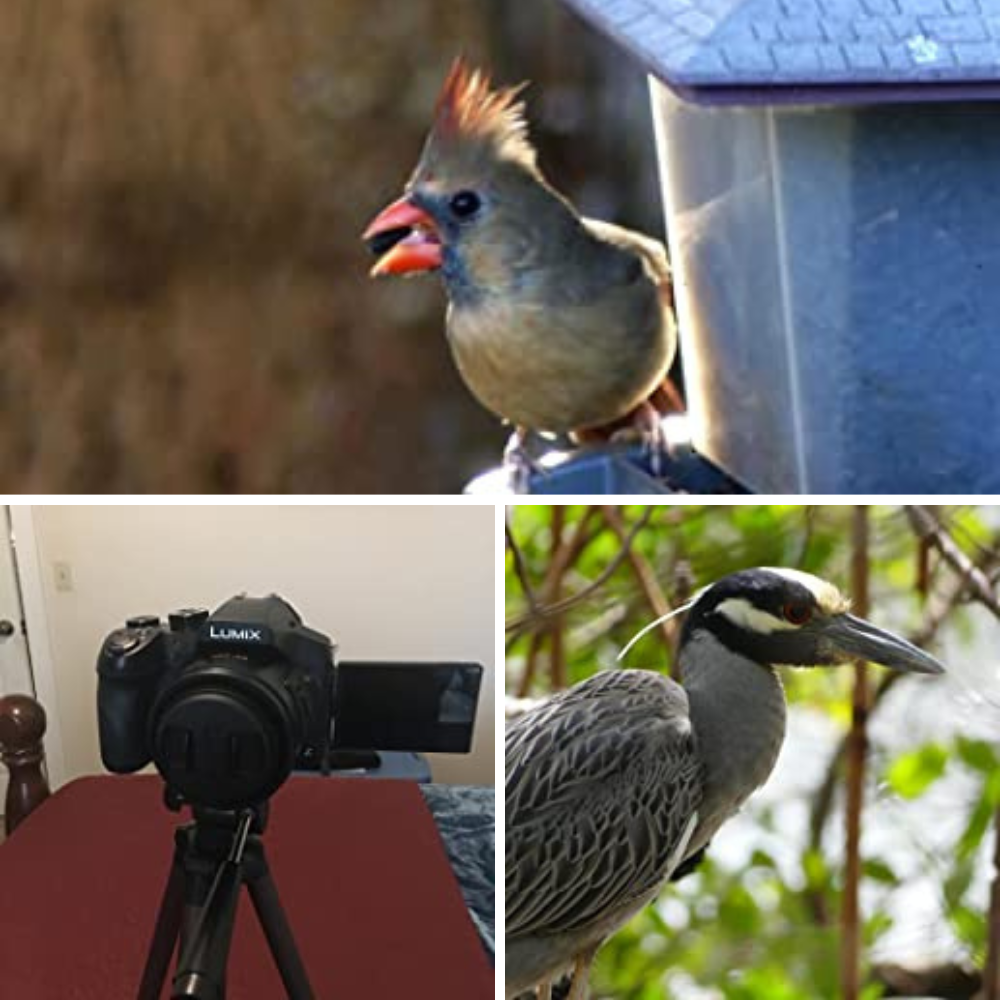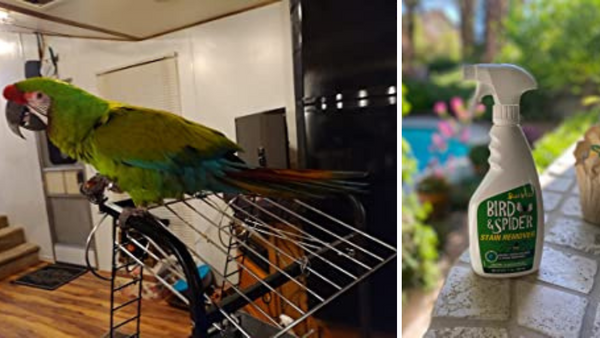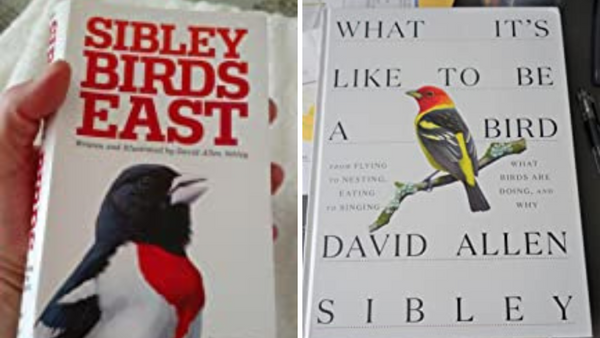Are you an enthusiastic bird watcher seeking the ultimate superzoom camera to elevate your passion for avian observation?
Search no more! The ultimate superzoom cameras for birding are right here.
The latest models of superzoom cameras are designed to help you capture the perfect shot of your feathered friends.
With features like high-powered zoom lenses, advanced autofocus, and fast shutter speeds, you’ll be able to get close-up shots of birds in flight and capture them in stunning detail.
Plus, you can even use the cameras to take stunning landscape photos and videos.
This article will help you find the best superzoom camera for birding.
We'll review the top models on Amazon, so you can make an informed decision.
With the right camera, you’ll be able to capture incredible shots of birds in flight, up close and personal.
So don’t wait any longer, start reading this article and get ready to take your birding to the next level!
How We Choose The Best Superzoom Camera For Birding!
Are you a bird-watcher looking for the perfect superzoom camera?
Our team of experts has read thousands of reviews on Amazon to find the best superzoom cameras for your needs.
We've done all the hard work so that you can easily find and purchase the ideal camera to capture those beautiful birds in flight.
With so many different types and brands available, it can be hard to know which one is right for you.
But don't worry, our team has got you covered!
Check out our reviews of the best superzoom cameras today and get ready to take your birding photography skills up a notch!
Why We Love It
The Nikon COOLPIX P1000 is a revolutionary digital camera with an incredible 3000-millimeter optical zoom lens, the most powerful ever put on a Nikon Coolpix camera.
It also boasts 4K Ultra HD video with HDMI out, stereo sound, an accessory hot shoe, rock steady dual detect image stabilization and great low light capability.
With its vibration reduction, lens shift VR (still pictures), and lens shift and electronic VR (movies), you can capture the perfect shot in any situation.
What You Should Know
The Nikon COOLPIX P1000 is not only powerful but also incredibly versatile.
It comes with full manual controls plus easy auto shooting, a top continuous shooting speed at full resolution of up to 7 shots at approx. 7 frames per second, and a focus range of W:: Approx. 1 foot (30 centimeters) to infinity, T:: Approx. 23 feet (7.0 meters) to infinity, and Macro close-up mode: Approx. 0.4 inches (1 centimeter) (wide-angle position), Approx. 23 feet (7.0 meters) (telephoto position).
Plus, it also has RAW (NRW), time-lapse, and super-lapse shooting plus great creative modes.
Why We Love It
Capture life's moments in the highest quality possible with the Canon PowerShot Digital Camera.
This camera is designed to take your photography skills to the next level, with features such as a large 1.0 inch, 20.1 Megapixel CMOS sensor, autofocus system, WiFi, and adjustable hood.
Plus, the 3.0 inches LCD monitor can tilt up 180 degrees and down 45 degrees, giving you the ability to capture pictures from any angle.
What You Should Know
The Canon PowerShot Digital Camera is perfect for anyone looking for professional photography and videography.
With its advanced video capabilities, wide dynamic range, and the ability to shoot continuously at up to 8 fps, you can capture incredible images with nearly no time wasted.
Plus, the built-in WiFi allows for on-the-go convenience and the ability to easily post your images to select social networking and media sites.
Why We Love It
Panasonic LUMIX FZ80 4K Digital Camera is the perfect point-and-shoot camera for bird lovers.
It features an 18.1 megapixel MOS sensor and a 60X zoom DC Vario lens (20-1220mm) with Power O.I.S. (Optical Image Stabilizer).
It also has a high resolution 1,170K dot viewfinder, a rear touch-enabled 3-inch LCD display (1040 dots), and 14 elements in 12 groups lens – perfect for capturing far-off moments.
What You Should Know
The Panasonic LUMIX FZ80 also offers 4K QFHD video recording (3840 x 2160) with three unique 4K Ultra HD video pause and save 4K photo modes so you can extract individual high-resolution photos from 4K Ultra HD video filmed at 30 frames per second.
It also has low light capture so you can enjoy photography during your nightlife again with impressive results.
With USB charging and Wi-Fi connectivity to your mobile device, HDMI D (Micro), Micro USB, and USB 2.0, you can easily connect to your favorite devices.
And the 0.20" LVF (Live View Finder) (1,166k dots equiv.) and 19.6x lens field of view provide extra clarity and convenience.
Why We Love It
Capture stunning and sharp images with the Minolta Pro-Shot.
This camera is perfect for bird watching and wildlife photography and comes equipped with a 20-megapixel CMOS sensor and 67X optical zoom.
It also has 14 scene modes, face detection, smile detection, blink detection, photo touch-up, continuous shooting mode, 360° panorama shooting, and a built-in flash with red-eye reduction.
With its 3" LCD display, you can easily review your photos on the go.
What You Should Know
The Minolta Pro Shot is a great camera for those looking to get into bird watching and wildlife photography.
With its sophisticated features, you can capture the perfect shot with ease.
Additionally, the camera also comes with full HD (1080p) video capabilities and built-in Wi-Fi for easy sharing of your photos and videos.
Why We Love It
The Panasonic LUMIX FZ300 Long Zoom Digital Camera is the perfect choice for anyone seeking high image quality.
Featuring a Leica DC Vario Elmarit lens with 24x zoom, 25-600 millimeter Full zoom range, and F2.8 aperture for enhanced low light shooting, you can capture stunning images with amazing clarity.
The 12.1-megapixel high-sensitivity MOS sensor with the Venus engine provides you with crisp images free from artifacts associated with small aperture settings.
Plus, the 5-axis hybrid optical image stabilizer plus reduces blur from one-handed video shooting by compensating for 5 types of movement.
What You Should Know
The rugged camera design makes this camera perfect for any adventure and is splashproof/dustproof with tight seals on every joint, dial, and button.
It also has a level shot function that detects the horizon line and maintains it, even if the camera is tilted.
With 4K video and 4K photo technology, you’ll never miss that moment again.
Get the Panasonic LUMIX FZ300 Long Zoom Digital Camera today and you won’t be disappointed with the results.
Top Superzoom Cameras For Birding FAQs
Are you a bird-watching enthusiast looking for the perfect superzoom camera?
It can be difficult to find the right superzoom camera for birding, as there are so many different brands and types available.
You need a camera that can zoom in far enough to capture the perfect shot, but also one that won't break the bank.
We've compiled a list of the most frequently asked questions about superzoom cameras for birding so you can make an informed decision and get the best value for your money.
Are superzoom cameras worth it?
It depends on your needs and budget. Superzoom cameras offer a wide range of features and capabilities, such as powerful zoom lenses, improved image stabilization, and a range of manual and automatic settings. They can be a great option for those who need a versatile camera that can handle a variety of tasks. However, they can also be more expensive than other types of cameras, so it's important to weigh the cost against the features you need.
What is the best camera for bird watching?
The best camera for bird watching depends on your needs and budget. If you are looking for a budget-friendly option, a point-and-shoot camera is a great choice. These cameras are lightweight and easy to use, and they offer good image quality and zoom capabilities. For more serious bird watchers, a DSLR camera with a long-range lens and image stabilization is the best option. These cameras offer the highest image quality and allow you to capture birds in flight with ease.
What is the best zoom lens for bird watching?
The best zoom lens for bird watching depends on your budget and the type of birding you plan to do. Generally, a telephoto lens with a focal length of 400mm or more is recommended for bird watching. A lens with a longer focal length will allow you to get closer to the birds without disturbing them. Additionally, lenses with image stabilization are helpful for reducing camera shake and getting sharper images. Look for lenses with a wide maximum aperture, such as f/2.8 or f/4, to help you get the best image quality in low light conditions.
What are the disadvantages of superzoom cameras?
The main disadvantage of superzoom cameras is that they are typically larger and heavier than other types of cameras, making them difficult to carry around. Additionally, they tend to have a slower autofocus speed, making it more difficult to take sharp photos in low light or fast-moving situations. Finally, the image quality of superzoom cameras is often lower than that of other types of cameras, due to the smaller sensor size.
Is 400mm enough for wildlife?
It depends on what type of wildlife you are trying to photograph. Generally speaking, 400mm is considered a good focal length for wildlife photography, as it allows you to get close enough to capture the detail of your subject without getting too close and disturbing them. However, there are some cases where a longer focal length may be necessary, such as when photographing birds or other small animals from a distance. In these cases, a 500mm or 600mm lens may be more suitable.
How much does a good birding camera cost?
The cost of a good birding camera can vary greatly depending on the features and capabilities you are looking for. Generally speaking, you can expect to pay anywhere from $200 to $2,000 for a good birding camera. Higher-end models may have features such as larger sensors, higher resolution, and better optics, which will increase the price. For basic birding cameras, you can expect to pay under $200.
How much zoom do I need for bird photography?
The amount of zoom you need for bird photography depends on the type of birds you are photographing and the distance you will be from them. Generally, a telephoto lens with at least 300mm of focal length is recommended for bird photography. If you are photographing small birds or birds that are far away, then you may need a lens with even more zoom. Additionally, if you are photographing in low light conditions, then a lens with a larger maximum aperture (i.e. f/2.8 or f/4) will be beneficial.
Which is better for bird watching 8x42 or 10x42?
The answer to this question depends on the type of bird-watching you are doing. 8x42 binoculars are better for general bird watching as they provide a wider field of view, allowing you to observe a larger area of sky or landscape. 10x42 binoculars are better for bird watching at longer distances, as they provide a more powerful magnification and a narrower field of view.
In Conclusion
No matter what your birding experience may be, we hope you’ve been able to find the best superzoom camera for you in this review.
With the power and clarity that these cameras provide, you’ll be able to capture stunning bird images that you can share with friends and family.
Each of the five cameras we’ve reviewed here offers a great combination of features, performance, and affordability.
All you need to do is take a few minutes to compare the specs of each one and decide which one fits your needs and budget best.
Looking for more amazing pet accessories?



